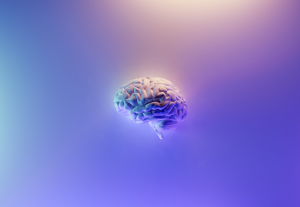- Behavioral Science, Customer Experience, Design, Design Theory, Emotion, Empathy, Neuroscience, Psychology and Human Behavior, Technology, Technology for the Common Good, Usability, UX Education, UX Magazine, UX World Changing Ideas
Lessons from the Hero’s Journey for Innovation Labs* and Organizational Change
*and accelerators, incubators, studios, leadership programs, etc.
Article by Nick Scott
There Is No Transformation Without Integration
- The article covers the whole process of integrating transformation
- The author unpacks the following ideas:
- The Journey Outward
- Campbell’s Model of the hero’s journey
- Moving from mythological adventure to practical deed
- Integrating a transformative experience
Share:There Is No Transformation Without Integration
Share this link
- October 7, 2022
10 min read







